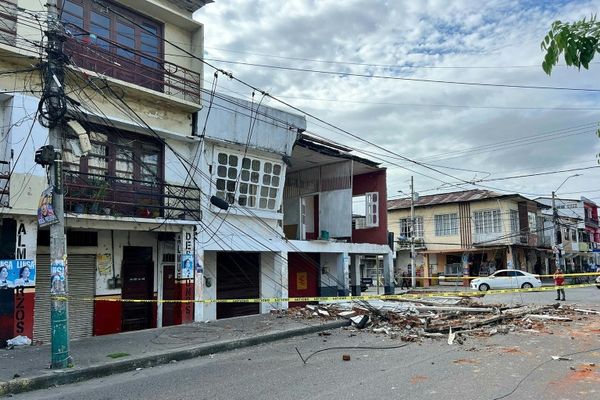With the coal shortage, that has hit thermal power stations, likely to persist, the Kerala State Electricity Board (KSEB) on Friday decided to avoid supply restrictions by opting for power purchases at a higher cost to meet peak-hour deamand.
The KSEB director board, which reviewed the power situation, decided to source an additional 250 MW daily at a per-unit cost of up to ₹20 till May 31. To enable this, the ₹12 rate ceiling fixed for the short-term day-ahead market has been relaxed.
The decision entails an additional spending of ₹30 crore to ₹50 crore on power purchases, KSEB chairman and managing director B. Ashok said.
The KSEB said minimal restrictions – load-control measures on individual feeders as employed on Thursday – are likely for one or two days more.
Next week, the utility is anticipating a shortage of 400 MW only on May 3, Mr. Ashok said. He urged consumers to voluntarily reduce usage between 6 p.m. and 11 p.m. HT/EHT consumers also have been advised to shift heavy duty operations out of the peak consumption period.
Inputs the KSEB have received from the National Thermal Power Corporation (NTPC) indicate that the coal supply shortage is likely to persist till October-November this year.
Options within State
With imports from the national grid falling short, the KSEB is looking at non-coal-based thermal power options within Kerala.
It has decided to operate the Kozhikode Diesel Power Plant (KDPP) at Nallalam at 90 MW capacity. As a stand-by measure, the utility is also planning to source power from NTPC's Rajiv Gandhi Combined Cycle Power Plant (RGCCPP) at Kayamkulam, subject to the NTPC's approval.
But even if power is scheduled, it will take another 45 days for the Naphtha-fuelled plant to start production, Mr. Ashok said. The KSEB also expects to use this supply as a back-up in the event of a monsoon shortfall. “If the coal crisis persists till October, we may have to turn to the NTPC unit,” Mr. Ashok said.
Better placed
Compared to many other States, Kerala has been lucky so far, given the extent of the coal shortage crisis. Only three of the coal-based stations – Jhabua Power Ltd, Mejia, and NTPL – which supply power to the State are likely to face coal shortage in the coming weeks.
The three plants together account for 78 MW during average peak requirement. Of the 24 generating stations on which the KSEB depends for supply, 19 are coal-based thermal stations. The State has been facing a shortage of 314 MW from independent power producers from April 27.
The power demand in March was met through a 100 MW ‘swap’ arrangement with the Arunachal Pradesh Power Corporation. Although the KSEB has been floating tenders for swap arrangements from December 2021, they have not been successful due to the power crisis at the national level, according to the power utility.
Meanwhile, power consumption continued to soar in the State. On Thursday, the consumption stood at an all-time high of 92.88 million units (MU). The previous record was 92.04 MU, set on April 27, Wednesday.







